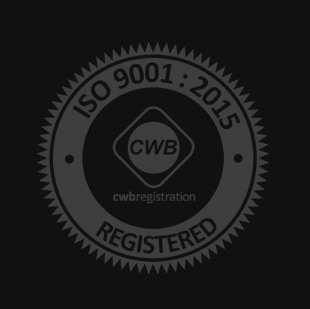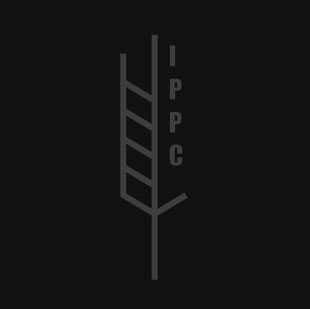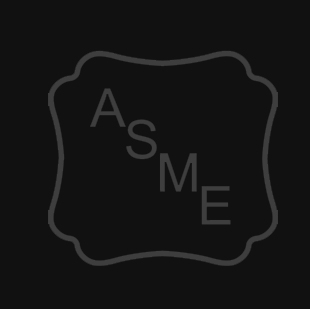Researching the cost of sheet metal fabrication is as much about cost expectations as it is knowing exactly what to prepare for when planning a project. Any reputable fabrication company worth its salt will provide its potential partner with a cost breakdown and a best estimate. All-in-one fabrication shops offer more services at competitive prices in a timely manner.
However, as every project is unique, there are always a number of associated costs required to complete that project. Though design information differs from project to project, there are several constants to look for in a cost breakdown. Among these costs to consider in your research are material requirements, special machines and equipment, the labor expertise to operate them, any assembly or finishing needs, and crating and shipping needs. Let’s take a closer look at what a cost breakdown entails for a fabrication project:
Materials
The type of materials required and their costs are essential to every estimate. Whether your project consists of stainless steel, carbon steel, aluminum, copper, brass, various alloys or a combination thereof, all will factor into an estimate. Metal thickness will also impact material costs; so will the availability of material. Material costs experienced volatility during the pandemic when supply chain disruptions occurred. A reputable fabricator will provide valuable insights into market as well as guidance on what metals are the most cost-effective and their availability for a project.
Hardware and accessories—parts and components like shielding, latches, or hinges, for example—would also be under material costs if they are not supplied by the customer. If supplied, then such costs would be reflected under labor requirements.
Machines and Equipment
Consider that manufacturing metal components and structural fabrication assemblies entail advanced capabilities that are best performed under one roof with state-of-the-art machines and equipment. To successfully fabricate your product may require a number of steps like punching, laser cutting, forming, welding or painting. When considering costs, partnering with a custom fabricator that has the capabilities to provide all aspects required to fulfill your project in-house not only offers competitive pricing, but shortened lead times.
Labor
Labor costs include the number and type of workers necessary to complete a project. Beyond physical work anticipated to complete an entire fabrication project, all-in-one shops have state of the art equipment that require skilled craftsmen and techs to operate the equipment. Your project may require input from designers and highly qualified software specialists in Computer Aided Design. Engineers may be needed to certify, approve or oversee a public works project. Operators of CNC (Computer Numerical Control) machines ensure precision components and parts are fabricated to exact specifications at high output and repeatability. Welders may be required for assembly of the components and parts. Carpenters to build custom crates that adhere to IPPC (International Plant Protection Convention) standards that also satisfy ISPM-15 certified (International Standards for Phytosanitary Measures, No. 15 regulations) requirements for domestic and international shipments. The cost breakdown of labor for a project is a variable. The needs and requirements will depend on the project itself.
Assembly and Finishing
In addition to the labor requirements to produce fabricated components and parts, final assembly and finishing costs of a metal product should be included in a cost breakdown. Assembly may require a broad range of tools and equipment like pneumatic or electric power tools with variable torque settings, weld nut installation, weld stud capabilities, riveting, or PEM settings.
Industrial metal painting services may also be required. Providing a protective coat of paint on a metal surface can greatly help to mitigate the corrosive atmospheric effects of moisture and oxygen. Specific painting applications and the correct paint may be necessary to meet the demands of specific environmental conditions. Also, painting metal gives any component or finished product an aesthetically pleasing appearance that can add to its market value.
Crating and Shipping
Finally, because shipping will be required after the project has been completed, export crating services to ensure safe delivery is another cost of sheet metal fabrication to consider. An all-in-one fabrication shop can provide estimates for custom designed crates constructed on site for worldwide shipping. As mentioned above, there are international protocols that must be adhered to when crating a product for shipment. Crates, skids, pallets, and any other wood packaging materials must be in compliance with ISPM-15 rules that govern export and import of all goods shipped to or from other countries.
To learn more about our metal fabrication capabilities at Quest-Tech, please contact us today!



